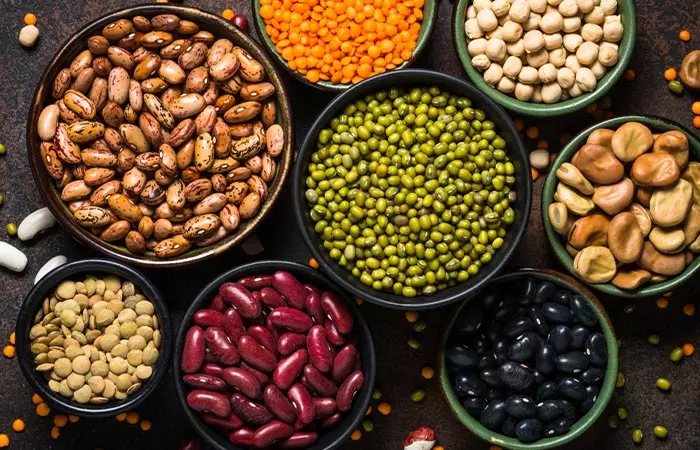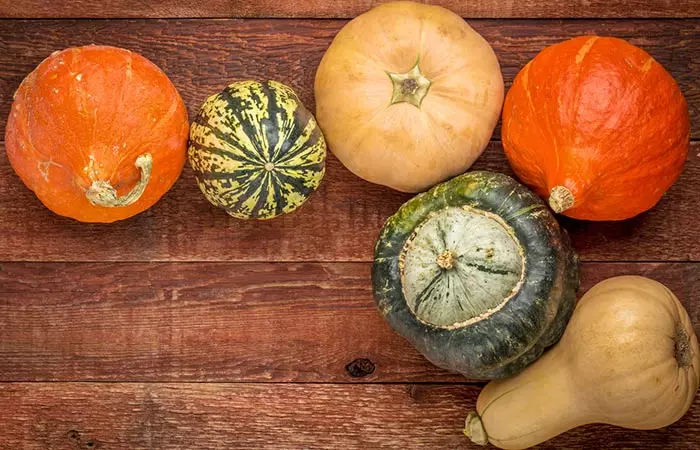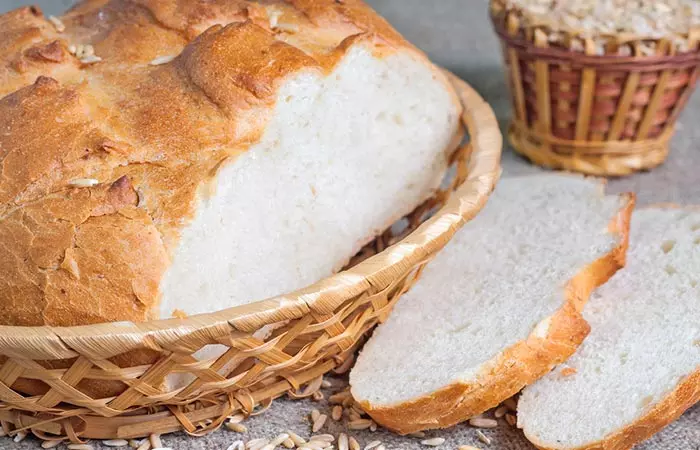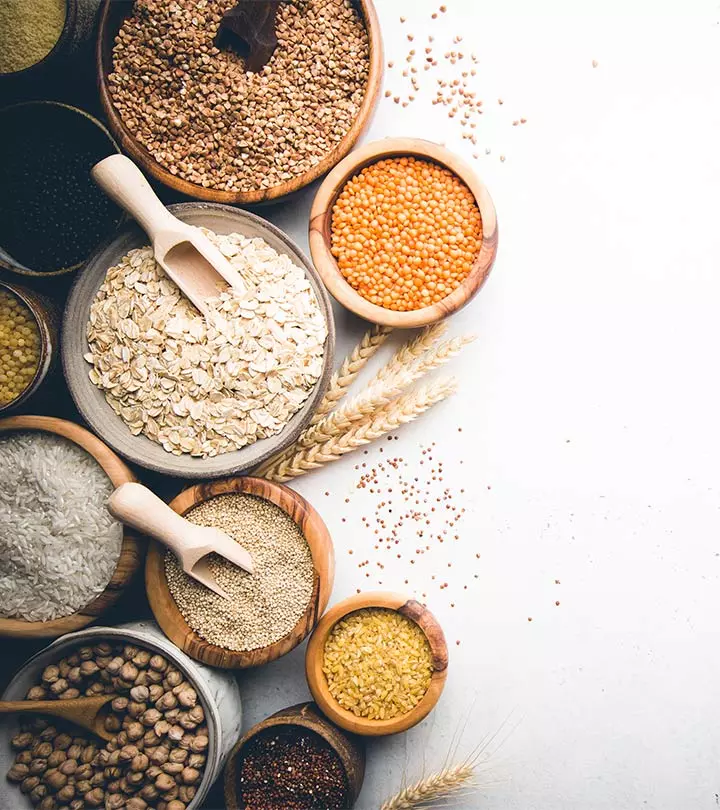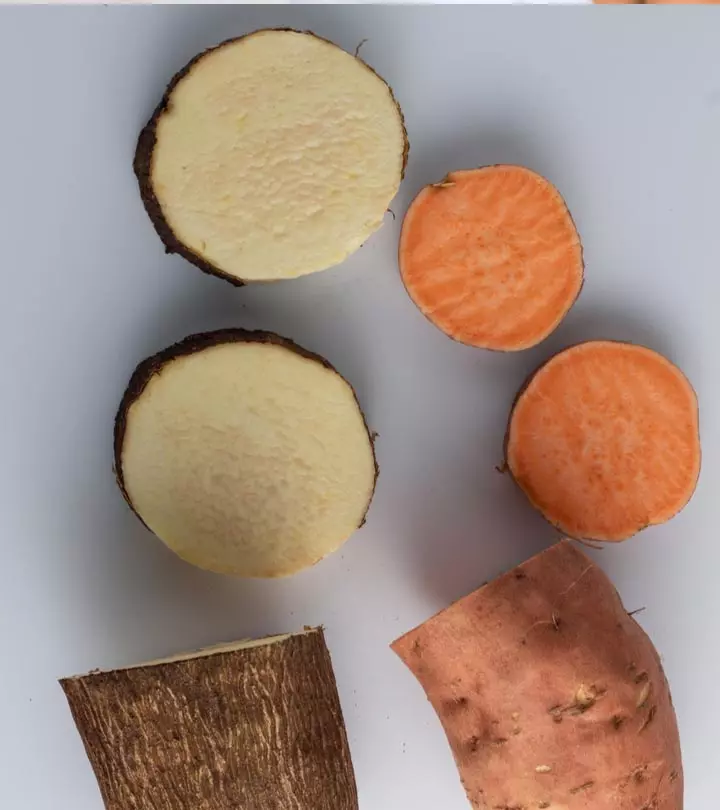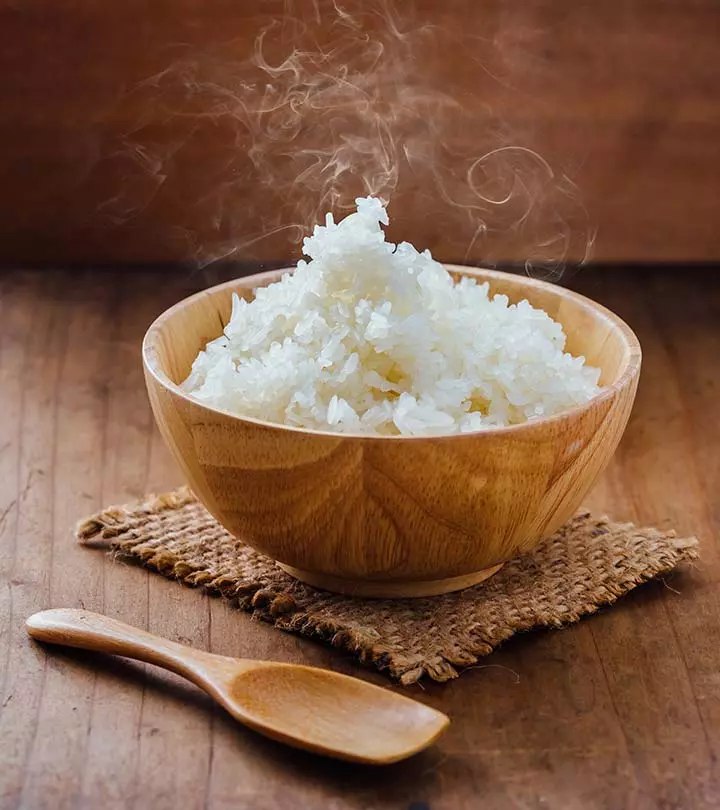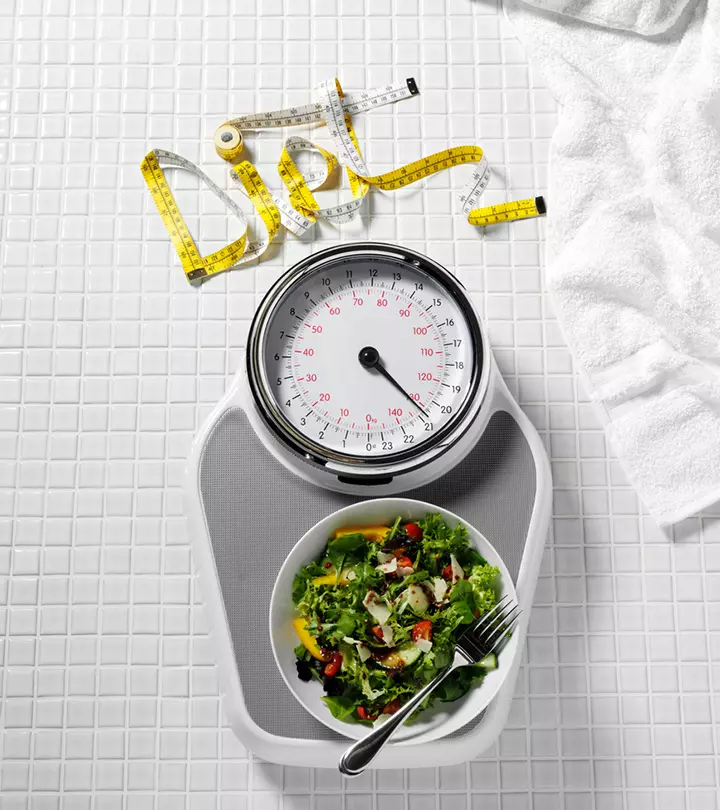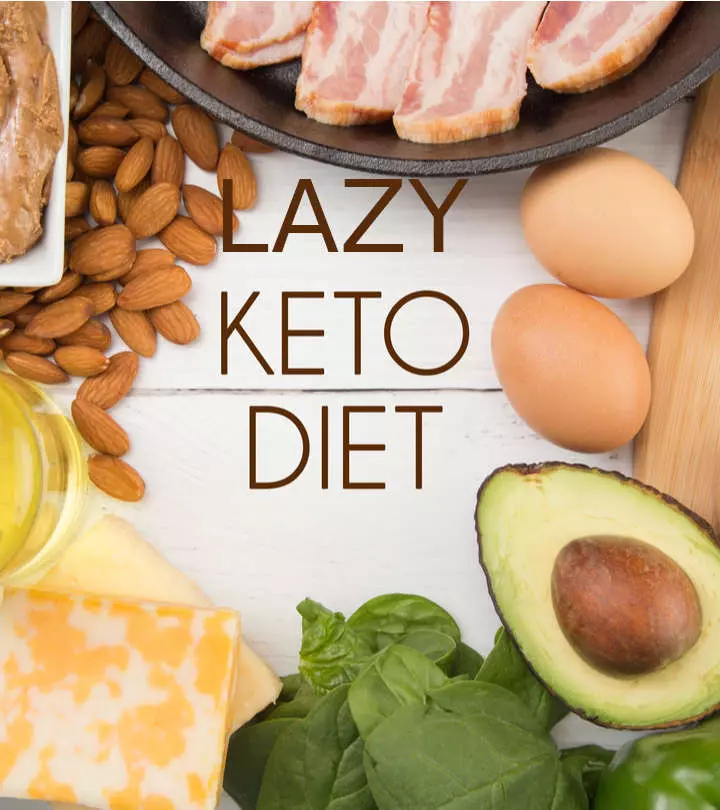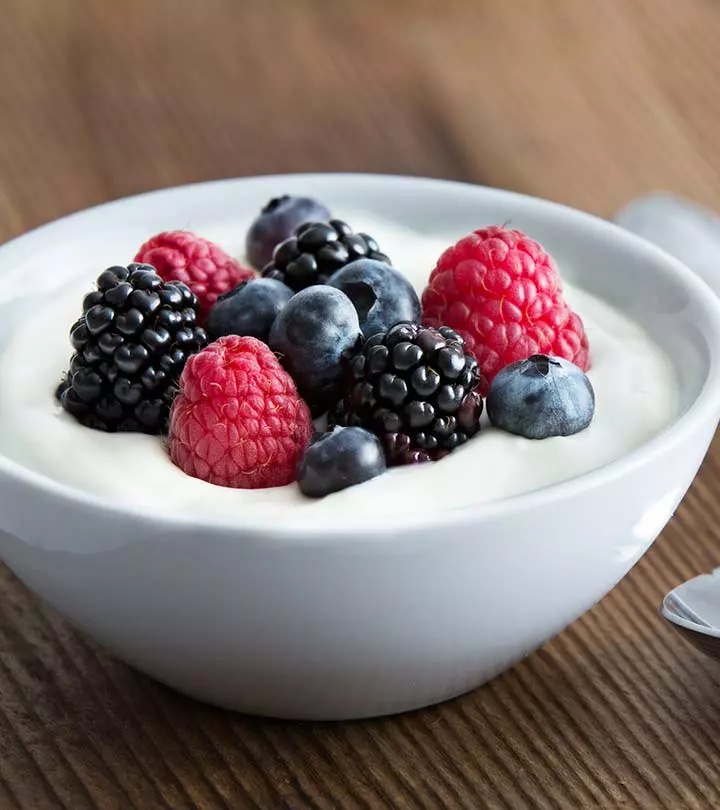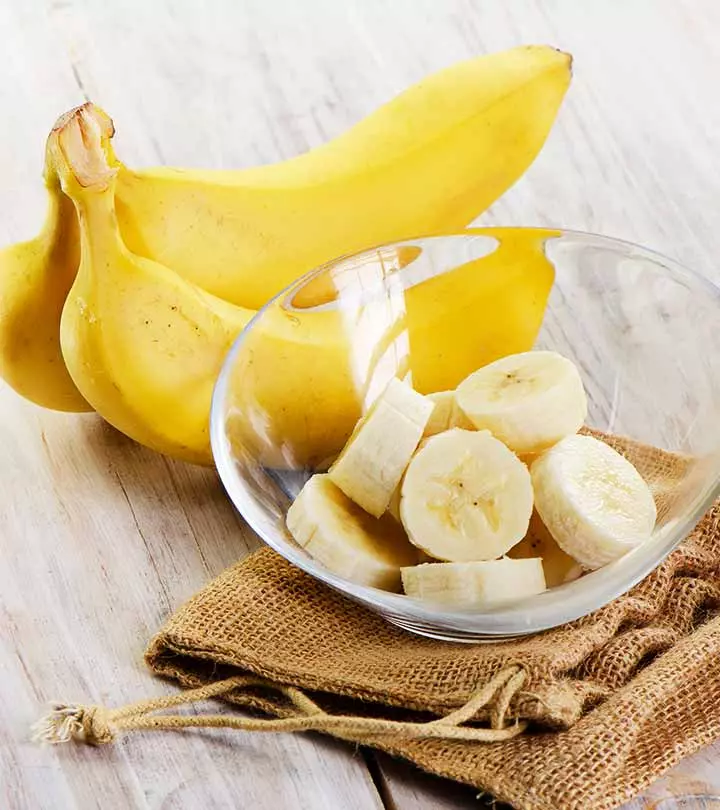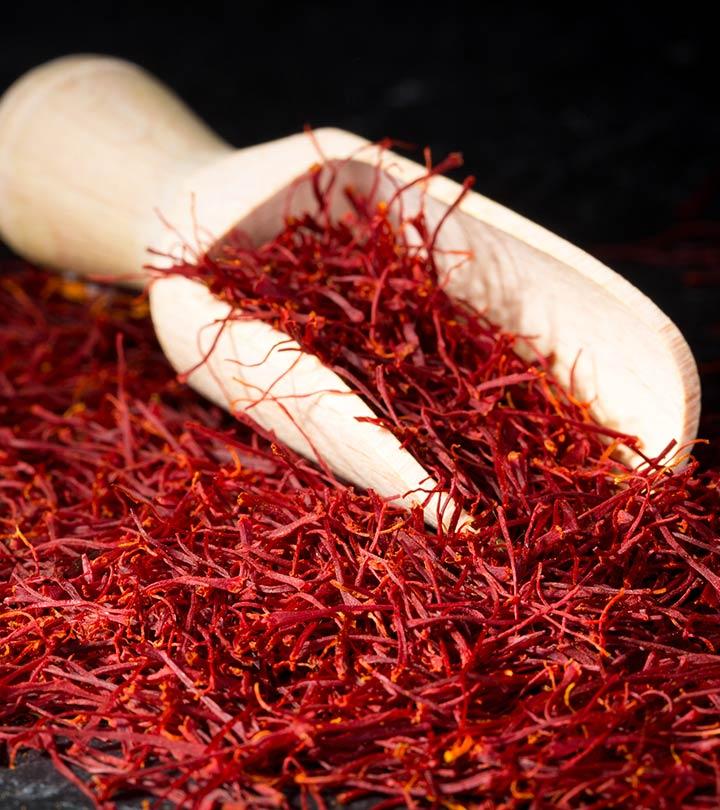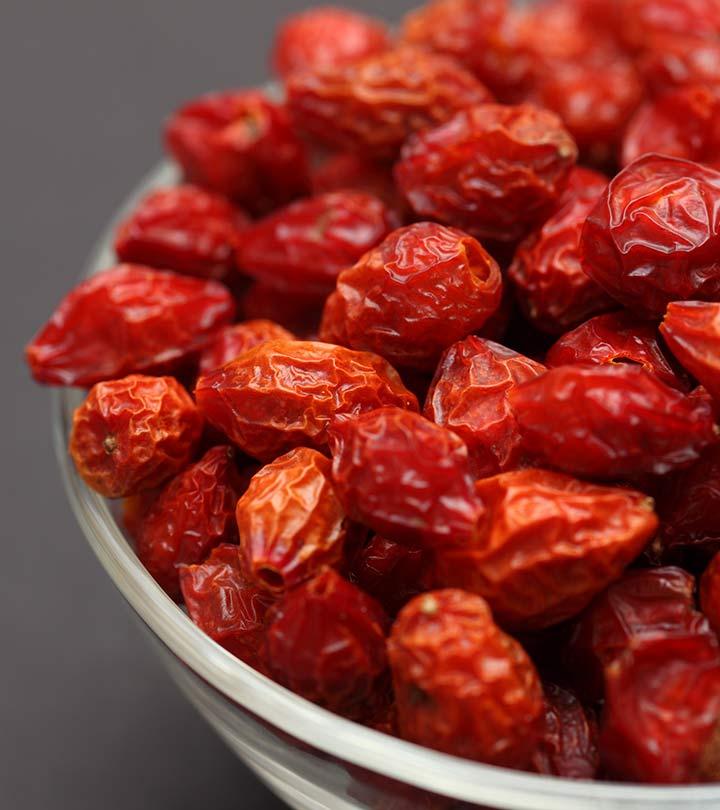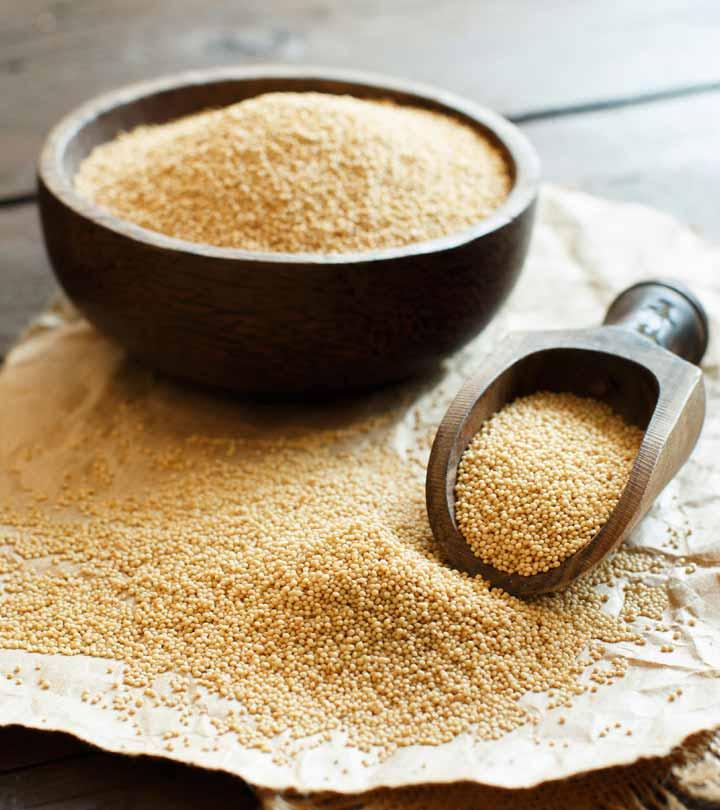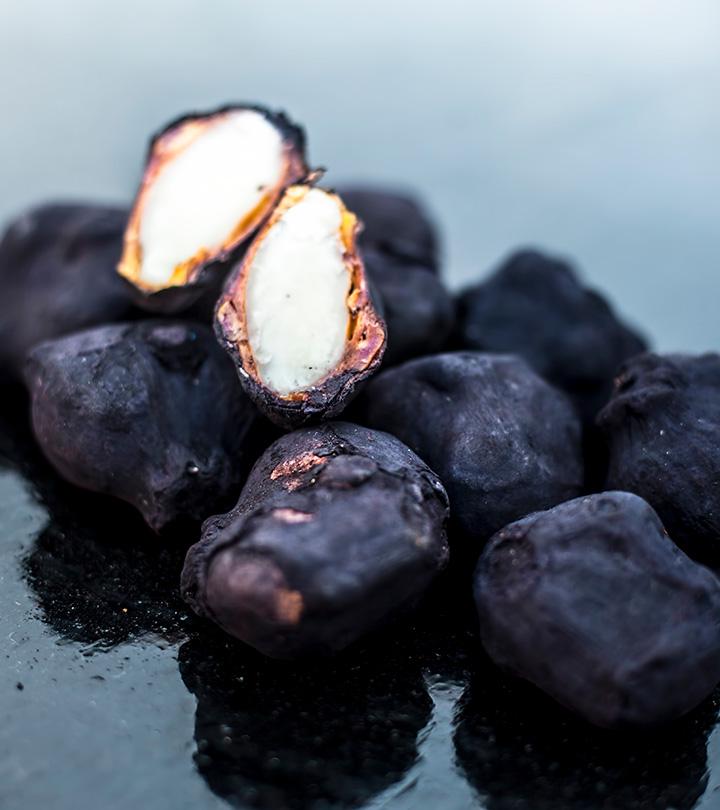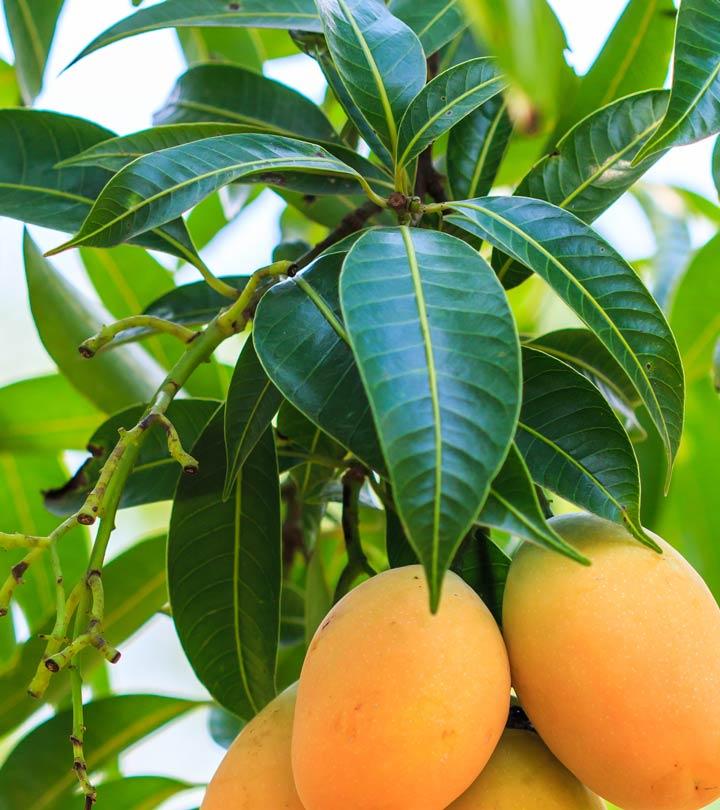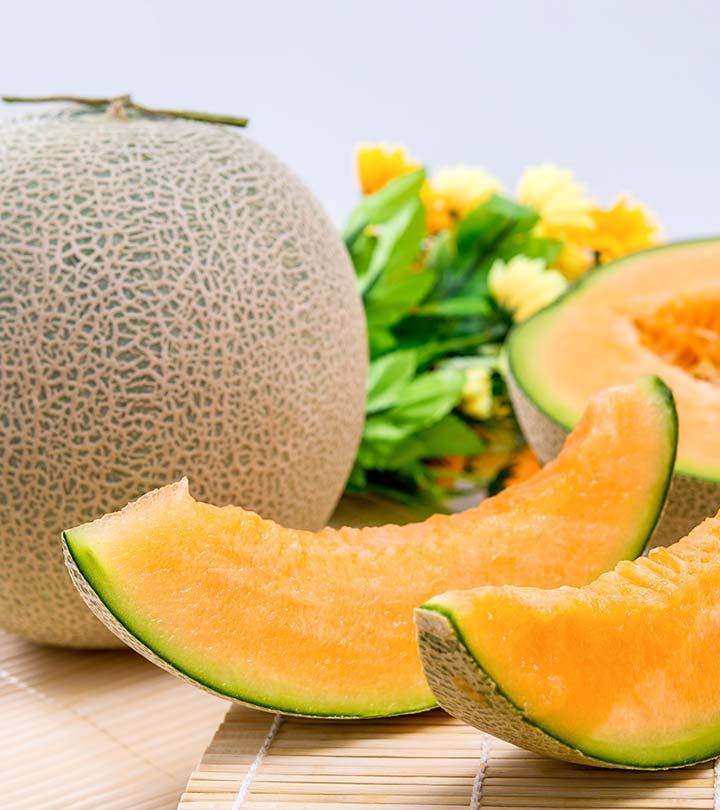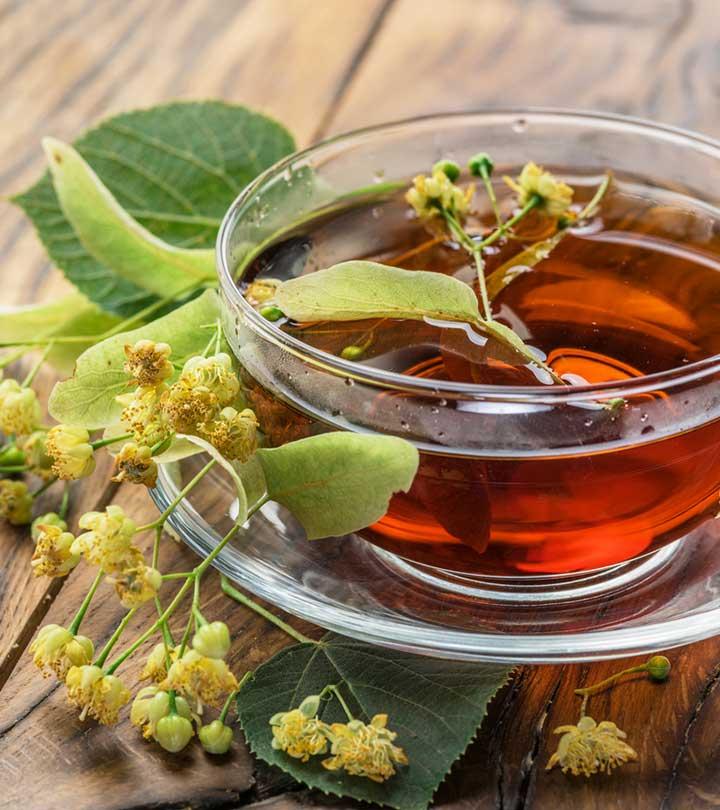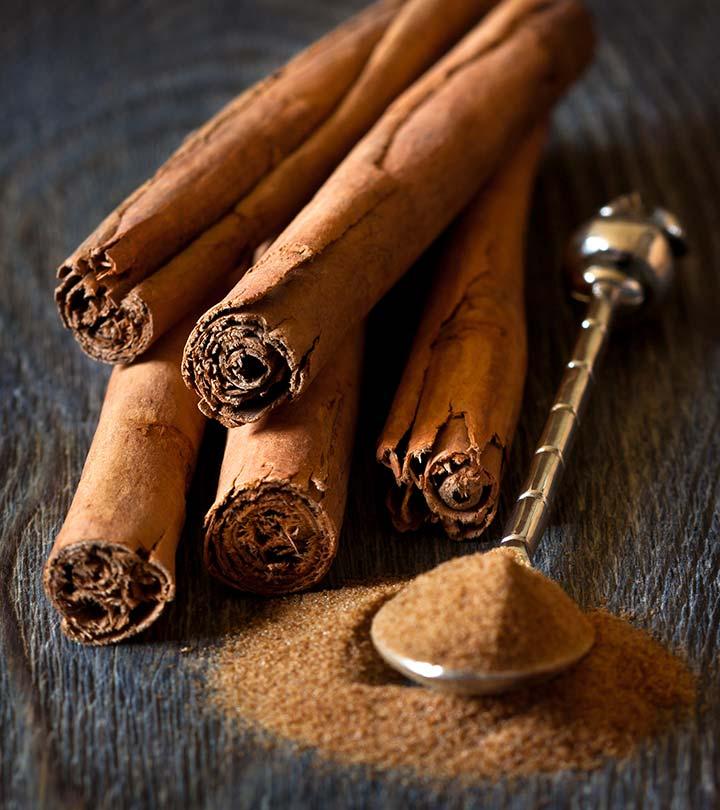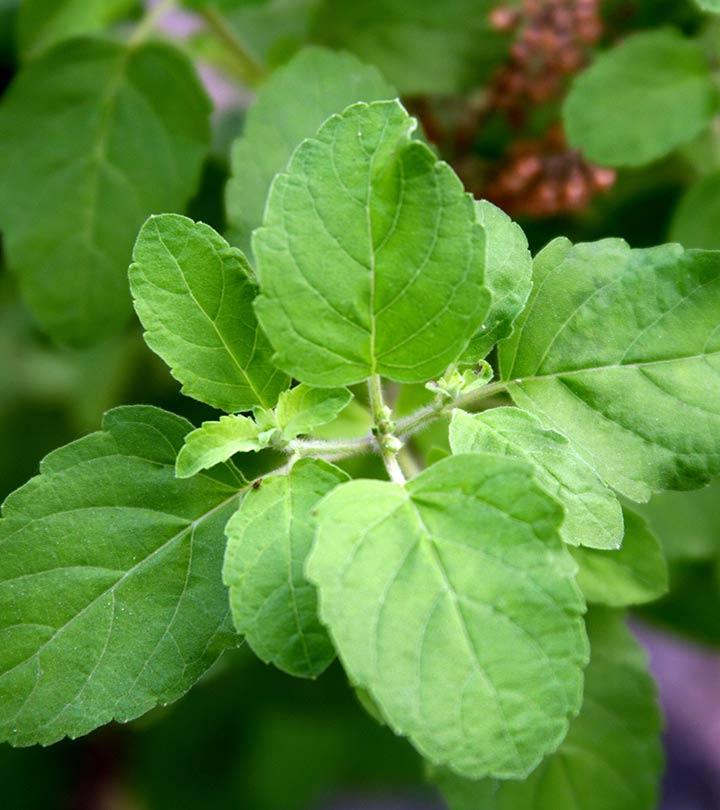What Foods Are High In Starch? Benefits And What To Avoid
A list of healthy starches that improve bowel movements and keep hunger pangs at bay.
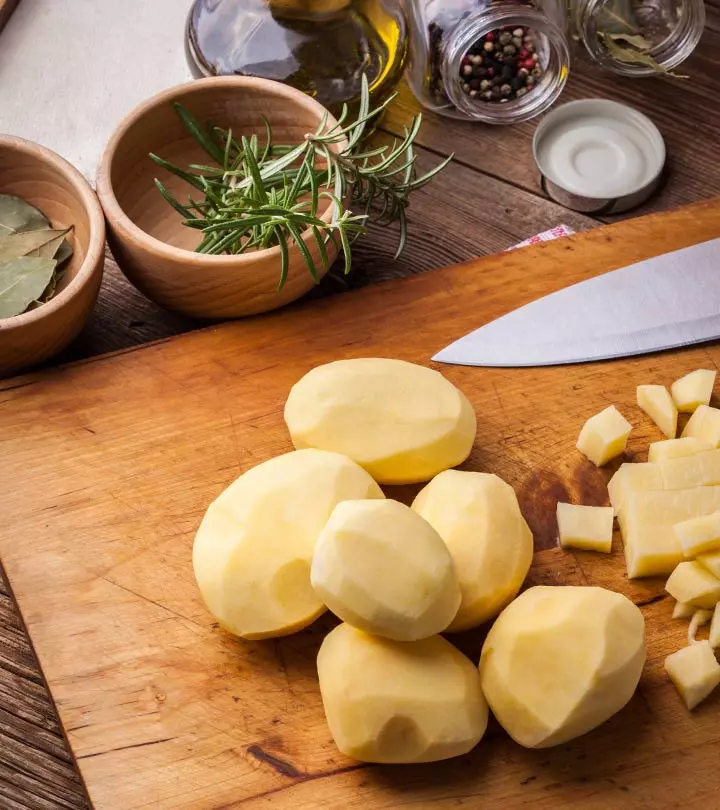
Image: Shutterstock
Foods with starch are replete with nutrition and are part of a regular diet worldwide. Foods like legumes, whole grains, winter squash, rice, and potato are rich in starches, along with fiber and other essential nutrients. Some starches are resistant to digestion (or digest slowly) and help improve satiety and suppress hunger. Resistant starch, along with fiber, helps improve gut health and ease digestion. But are all starchy foods healthy? Which foods are the best to consume?
In this article, we explore the nutritious starchy foods to eat, the health benefits of starch, and which starchy foods to avoid. Keep reading.
 Know Your Ingredient: Starch
Know Your Ingredient: StarchWhat Is It?
A tasteless and odorless white substance containing carbohydrates, generally found in cereals and potatoes.
What Are Its Benefits?
It is satiating and regulates energy levels while promoting heart and gut health.
Who Can Consume It?
Anyone who is not allergic can consume it.
How Often?
It can be consumed daily.
Caution
Excessive consumption can lead to fat storage and weight gain.
In This Article
What Are Starchy Foods?
Most starches (but not all) are complex carbohydrates (also known as polysaccharides). These carbohydrates contain a long chain of glucose molecules and take longer to break down. On the other hand, simple carbohydrates (mono- or disaccharides) contain one or two sugar units and are easily broken down by the body. Hence, complex carbohydrates like starch are considered healthier than simple carbohydrates like sugar.
So, which foods are rich in starch? How do they fare in nutrition? Here, we list some of the most common and healthy starchy foods you can include in your diet.
Nutritious Starchy Foods To Eat
1. Legumes And Beans
- Legumes
All beans are legumes, but all legumes are not necessarily beans. Legumes contain a significant amount of starch besides being a rich source of protein. A quarter-cup serving of beans provides an equal amount of protein as one ounce of meat. Hence, it can also be a nutritious alternative to processed potato chips and other salty snacks. Legumes also contain antioxidants that protect the cells from oxidative damage (1). Peas, a good source of vitamins and other essential nutrients, can replace legumes.
| Calories in 100 g legumes | Starch in 100 g legumes |
|---|---|
| 81 | 5 g |
- Beans
Beans are slightly richer in starch than other legumes and are also loaded with protein and antioxidants. Foods like black beans, lentils, kidney beans, and split peas are a good source of iron and other minerals (2). These lentils and beans can be cooked both as a side dish and main dish and assist in lowering cholesterol levels (3). However, beans can often cause digestive problems like vomiting and upset stomach in some individuals (4). In that case, nuts can be a greater substitute for beans.
| Calories in 100 g beans | Starch in 100 g beans |
|---|---|
| 347 | 7.38 g |
2. Whole Grains
Whole grains provide a significant amount of starch and fiber. The fiber content of whole grains and whole wheat starchy foods is higher than that of refined foods. Besides, whole grains are also rich in B vitamins, iron, vitamin E, selenium, potassium, and magnesium (5). These grains help improve satiety and also reduce the risk of cardiovascular disease, type 2 diabetes, and cancer (6). However, refined grains may thwart your weight loss efforts (7). Whole and refined grains can be substituted with oats or barley.
| Calories in 100 g whole grains | Starch in 100 g whole grains |
|---|---|
| 364 | 3.6 g (approx) |
3. Winter Squash
Winter squash is high in starch and potassium and offers fewer calories. It contributes to the denser texture and flavor of the dish. It is also a good source of beta-carotene, which may help prevent damage to lymphocytei A type of white blood cell present in the blood and lymphatic tissue that helps maintain the immune system and fights diseases. DNA in smokers and preventphotoagingi Visible changes in the skin, like wrinkles and spots, caused by long-term UVA and UVB exposure. (8), (9). Anecdotal evidence suggests that consuming winter squash may also lower the risk of inflammatory diseases like arthritis. However, some winter squashes may cause allergic reactions (10). Pumpkin can be a better alternative to winter squash.
| Calories in 100 g winter squash | Starch in 100 g winter squash |
|---|---|
| 40 | 66 g (approx) |
4. Rice
Nutrition-rich rice is a good source of starch and energy. However, brown rice is considered healthier than white rice (whose glycemic index is relatively high). Foods with a high glycemic index digest faster and boost sugar levels in the blood. Brown rice takes longer to digest and can be ideal for people with type 2 diabetes (11).
| Calories in 100 g rice | Starch in 100 g rice |
|---|---|
| 130 | 26.33 g |
5. Potatoes
Potatoes contain a good amount of starch and are often eaten with skin for added benefits. Potatoes are also rich in fiber, which helps improve digestion. However, long-term excess intake of potatoes may increase the risk of type 2 diabetes. Hence, those already with diabetes must limit their intake (12). They may instead eat more of cauliflower or turnips.
| Calories in 100 g potatoes | Starch in 100 g potatoes |
|---|---|
| 77 | 17.4 g |
6. Sorghum Starch
Sorghum starch is derived from the sorghum plant. The sorghum plant is an environmentally sustainable crop as it requires less water and can thrive in diverse climates. The starch extracted from it is naturally gluten-free, which makes it an excellent choice for those with gluten sensitivity or celiac disease. It is a versatile ingredient that is used for gluten-free baking as well as a thickening agent in various dishes.
The nutritional data regarding sorghum starch is very limited. However, it is very similar to Sorghum flour. This flour is rich in carbohydrates and can provide essential energy for the body. While it primarily serves as a source of carbohydrates, it also contains vitamins, minerals, proteins, and dietary fiber, so it has a high nutritional value overall (13).
Starch is a healthy nutrient if consumed from these healthy foods. However, some starchy foods exhibit potential negative effects due to the processing they undergo. Keep reading to know more.
Unhealthy Starchy Foods To Avoid
- Pasta
Pasta is a high-carb food, and its excess intake may cause blood sugar levels to rise. Hence, people with type 2 diabetes should limit its intake. The dough also consists of durum wheat, which is not as healthy as other options. Moreover, pasta is low in fiber and protein and high in sugar and fat (14).
- White Bread
White bread has a lower nutritional value than brown bread. Whole grains tend to lose vitamins and minerals during the milling process. Besides, regular intake of white bread is associated with weight gain/obesity and cardiovascular disease (15), (16).
- Corn
Corn is a rich source of starch but contains a high amount of sugar and very little fiber. Hence, consuming corn may raise blood glucose levels. Besides, excess corn intake may cause irritable bowel syndromei A common disorder that affects the digestive system and may cause abdominal pain and irregular bowel movements and obesity (17), (18).
- Commercial Cakes And Cookies
An overdose of cookies and cakes tend to increase the likelihood of developing diabetes. Store-bought varieties typically contain refined grains, sugars, and unhealthy fats. Cakes and cookies are also popular sources of Trans fats that increase LDL levels (19). These also contain high sugar levels that may contribute to obesity and tooth decay.
However, starch provides an array of benefits if consumed in healthy and whole foods. Let us explore these benefits in the following section.
Benefits Of Consuming Healthy Starch
1. Steadies Energy Levels
Starchy foods provide energy balance because of their high carbohydrate content. Besides, starch helps sustain blood glucose levels with long-lasting energy (20). Most starchy foods offer valuable nutrients (except a few, which may be high in sugar and low in fiber). Hence, fiber-rich wholegrain or wholemeal varieties are always recommended for better health.
2. Is Heart-Healthy
Starch-rich diets were found to blunt the risk of mortality besides preventing contractile dysfunction and changes in cardiac mass (21). Besides, foods with resistant starch (indigestible) are low in glycemic index. Hence, they are associated with decreased post-meal insulin levels and higher HDL (good) cholesterol levels. Moreover, foods with a low glycemic index were shown to decrease the risk of coronary heart disease and type 2 diabetes (22).
3. Tames Hunger
As stated, foods rich in fiber and starch, like sweet potatoes, yams, and even plantains, tend to increase satiety. This way, starch suppresses hunger and energy intake and reduces the risk of several diseases. Studies also suggest resistant starch may also benefit digestive health and reduce inflammatory biomarkers (23), (24).
4. Is Good For Your Gut
Starches that resist digestion in the small intestine are fermented by gut microbiota in the large intestine. The resultant short-chain fatty acids contribute to gut health and its functions. These starches also help transport probiotic organisms in the upper gut and promote the immune response against potential pathogens (25).
5. Eases Bowel Movements
Foods containing resistant starches facilitate bowel movements and ease constipation. A study found that a diet high in resistant starch had increased total fecal output besides promoting easy defecation. Besides, it also increased fecal excretion of non-starch polysaccharides (NSP) by 50%. These findings suggest that the presence of resistant starch in the colon may also affect the fermentation of NSP (26).
Hence, consuming foods rich in starch may benefit your health in multiple ways. But what happens if you eat too many starchy foods? Let us find out.
What Happens If You Eat Too Many Starchy Foods?
Brenda Peralta, a Registered Dietician, says, “If you eat too many starchy foods, you are eating more calories than your body needs. The extra calories consumed are stored as fat. Thus, we end up with weight gain.”
A clinical scientist shared their experience of eating and the effects it had on their health in her personal blog. They wrote, “Among starch/grain, fat, protein, vegetable, and fruits, I have the most trouble finding enough vegetables. Without sufficient vegetables, I would eat more starch and calorie-dense snacks to fill the void, leading to weight gain and sometimes lowered energy (e.g., food coma) (i).“
“Our diet generally consists of starchy foods, which are good sources of energy and nutrients. Different types of starches absorb nutrients at different rates. Some break down quickly while others may take longer. Meanwhile, too many starchy foods can be harmful to your health. A high blood glucose level occurs when you consume too many sugary, starchy carbohydrates. The body responds by sending out insulin to absorb the sugar. It is important to keep a check on the intake of starchy foods for those with diabetes and prediabetes since their bodies cannot efficiently rid themselves of sugar. Moreover, the surplus sugar accumulates in fat cells, which can lead to weight gain. Whenever carbs are stored, they bind with water, which can make the stomach bloated as well,” says Brenda.
You can avoid overeating starchy foods by following a few simple tips. We have listed them in the following section.
Ways To Avoid Common Starchy Foods
Claudia Hleap, MS, RD, LDN, advises to “prioritize high fiber carbohydrates in your diet and pair them with protein and non-starchy vegetables to improve glycemic control and balance out calorie intake.”
Here is how you can avoid excess starch intake:
- Avoid Ordering Foods From Outside
Avoid ordering foods like sugary drinks, processed foods, baked goods (which contain trans fats), yogurts with added sugar, and fries with added fats. Consuming these foods may lead to insulin instability and increased blood sugar levels. One should also reduce the intake of high-calorie foods and sweetened items like candy, which can cause weight gain and increase the risk of heart disease and diabetes. Dieters should also avoid eating canned and instant soups, pasta, potato chips, and fast foods as they are high in carbohydrates and fats.
- Replace With Healthy Alternatives
Though starchy foods are delicious, their calories can add up quickly. The key is not to completely banish starchy food but to consume healthy alternatives. Fruits like oranges are packed with natural sugars that one can consume. Choose whole grains (dishes and products) over those made with refined grains (for example, pick whole-wheat bread instead of white bread). Eat fresh foods rather than salty ones. Pick raw or steamed foods instead of fried foods. In addition, consume vegetables in large quantities, choosing all the different colors of the rainbow for the best health benefits.
Conclusion
Many starchy foods contain complex carbohydrates, which take time to digest and increase satiety. Foods rich in resistant starches improve gut health, suppress hunger, increase stool output, and promote easy defecation. Furthermore, many foods containing resistant starches are low in glycemic index, which helps control blood sugar levels and reduce the risk of diabetes. However, it is advised to consume starchy foods rich in fiber for better results. Also, overeating high-starch foods may pose certain health risks. Hence, moderation is advised.
Frequently Asked Questions
Does banana have starch?
Yes, bananas accumulate more starch when they are unripe. However, the starch content reduces when the bananas ripen (27).
Is broccoli starchy?
No, broccoli is a non-starchy vegetable.
Does chicken meat have starch?
No. Chicken meat does not contain starch.
Does peanut butter have starch?
Yes, peanut butter contains starch.
Key Takeaways
- Legumes and beans, whole grains, winter squash, rice, and potatoes are nutritious starchy foods.
- Unhealthy starchy foods include pasta, white bread, corn, and commercial cakes and cookies.
- Healthy starch steadies energy levels, tames hunger, and eases bowel movements.
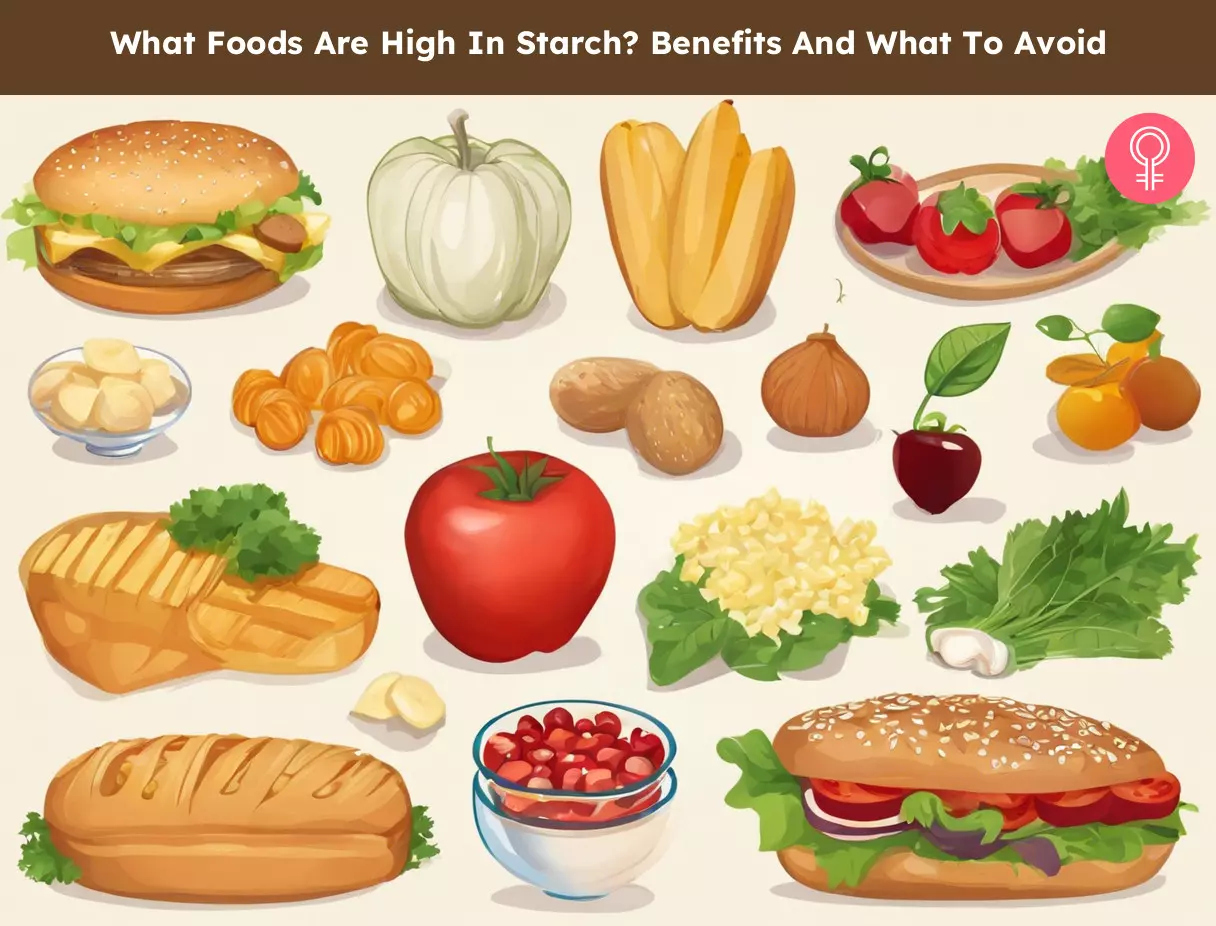
Image: Stable Diffusion/StyleCraze Design Team
Personal Experience: Source
StyleCraze's articles are interwoven with authentic personal narratives that provide depth and resonance to our content. Below are the sources of the personal accounts referenced in this article.
i My Journey To Stop Dieting for Good https://medium.com/the-road-to-wellness/my-journey-to-stop-dieting-for-good-228563530d22References
Articles on StyleCraze are backed by verified information from peer-reviewed and academic research papers, reputed organizations, research institutions, and medical associations to ensure accuracy and relevance. Read our editorial policy to learn more.
- Comparative studies on the antioxidant activities of nine common food legumes against copper-induced human low-density lipoprotein oxidation in vitro
https://pubmed.ncbi.nlm.nih.gov/17995667/ - Effect of Traditional Household Processes on Iron, Zinc and Copper Bioaccessibility in Black Bean (Phaseolus vulgaris L.)
https://www.ncbi.nlm.nih.gov/labs/pmc/articles/PMC6111528/ - Effect of dietary pulse intake on established therapeutic lipid targets for cardiovascular risk reduction: a systematic review and meta-analysis of randomized controlled trials
https://www.ncbi.nlm.nih.gov/labs/pmc/articles/PMC4016088/ - Naturally Occurring Food Toxins
https://www.ncbi.nlm.nih.gov/labs/pmc/articles/PMC3153292/ - The role of whole grains in disease prevention
https://pubmed.ncbi.nlm.nih.gov/11478475/ - Health Benefits of Dietary Whole Grains: An Umbrella Review of Meta-analyses
https://www.ncbi.nlm.nih.gov/labs/pmc/articles/PMC5310957/ - Effects of whole and refined grains in a weight-loss diet on markers of metabolic syndrome in individuals with increased waist circumference: a randomized controlled-feeding trial
https://pubmed.ncbi.nlm.nih.gov/24944054/ - Differential effects of low-dose and high-dose beta-carotene supplementation on the signs of photoaging and type I procollagen gene expression in human skin in vivo
https://pubmed.ncbi.nlm.nih.gov/20516658/ - The effect of carrot juice β-carotene supplementation on lymphocyte DNA damage, erythrocyte antioxidant enzymes and plasma lipid profiles in Korean smoker
https://www.ncbi.nlm.nih.gov/labs/pmc/articles/PMC3259297/ - Naturally Occurring Food Toxins
https://www.ncbi.nlm.nih.gov/labs/pmc/articles/PMC3153292/ - White Rice, Brown Rice, and Risk of Type 2 Diabetes in US Men and Women
https://www.ncbi.nlm.nih.gov/labs/pmc/articles/PMC3024208/ - Potato consumption and risk of type 2 diabetes: A dose-response meta-analysis of cohort studies
https://pubmed.ncbi.nlm.nih.gov/30144898/ - Sorghum flour, refined, unenriched
https://fdc.nal.usda.gov/fdc-app.html#/food-details/173262/nutrients - Pasta Consumption and Connected Dietary Habits: Associations with Glucose Control, Adiposity Measures, and Cardiovascular Risk Factors in People with Type 2 Diabetes-TOSCA.IT Study
https://pubmed.ncbi.nlm.nih.gov/31905885/ - Glycemic load, glycemic index, bread and incidence of overweight/obesity in a Mediterranean cohort: the SUN project
https://pubmed.ncbi.nlm.nih.gov/25335643/ - Fat, Sugar, Whole Grains and Heart Disease: 50 Years of Confusion
https://www.ncbi.nlm.nih.gov/labs/pmc/articles/PMC5793267/ - Addressing the Role of Food in Irritable Bowel Syndrome Symptom Management
https://www.ncbi.nlm.nih.gov/labs/pmc/articles/PMC4944381/ - Consumption of high-fructose corn syrup in beverages may play a role in the epidemic of obesity
https://pubmed.ncbi.nlm.nih.gov/15051594/ - Trans fatty acids and their effects on lipoproteins in humans
https://pubmed.ncbi.nlm.nih.gov/8527230/ - The impact of starchy food structure on postprandial glycemic response and appetite: a systematic review with meta-analysis of randomized crossover trials
https://academic.oup.com/ajcn/article/114/2/472/6287919 - Deleterious effects of sugar and protective effects of starch on cardiac remodeling, contractile dysfunction, and mortality in response to pressure overload
https://pubmed.ncbi.nlm.nih.gov/17616744/ - Resistant starches and health
https://pubmed.ncbi.nlm.nih.gov/15287678/ - Impact of resistant starch from unripe banana flour on hunger satiety and glucose homeostasis in healthy volunteers
https://www.sciencedirect.com/science/article/pii/S1756464616300524 - Effects of resistant starch interventions on circulating inflammatory biomarkers: a systematic review and meta-analysis of randomized controlled trials
https://pubmed.ncbi.nlm.nih.gov/32293469/ - Starches, resistant starches, the gut microflora and human health
https://pubmed.ncbi.nlm.nih.gov/11709851/ - Effect of resistant starch on fecal bulk and fermentation-dependent events in humans
https://pubmed.ncbi.nlm.nih.gov/7598054/ - Dietary fiber, starch, and sugars in bananas at different stages of ripeness in the retail market
https://journals.plos.org/plosone/article?id=10.1371/journal.pone.0253366
Getting healthier and fitter does not have to be boring anymore! Discover the power of high-resistant starch foods and how you can use them to create satisfying and nutrient-rich 700-calorie meals. Learn more from the enlightening video below.
Read full bio of Tracy Tredoux
Read full bio of Ravi Teja Tadimalla
Read full bio of Moksha Gandhi





